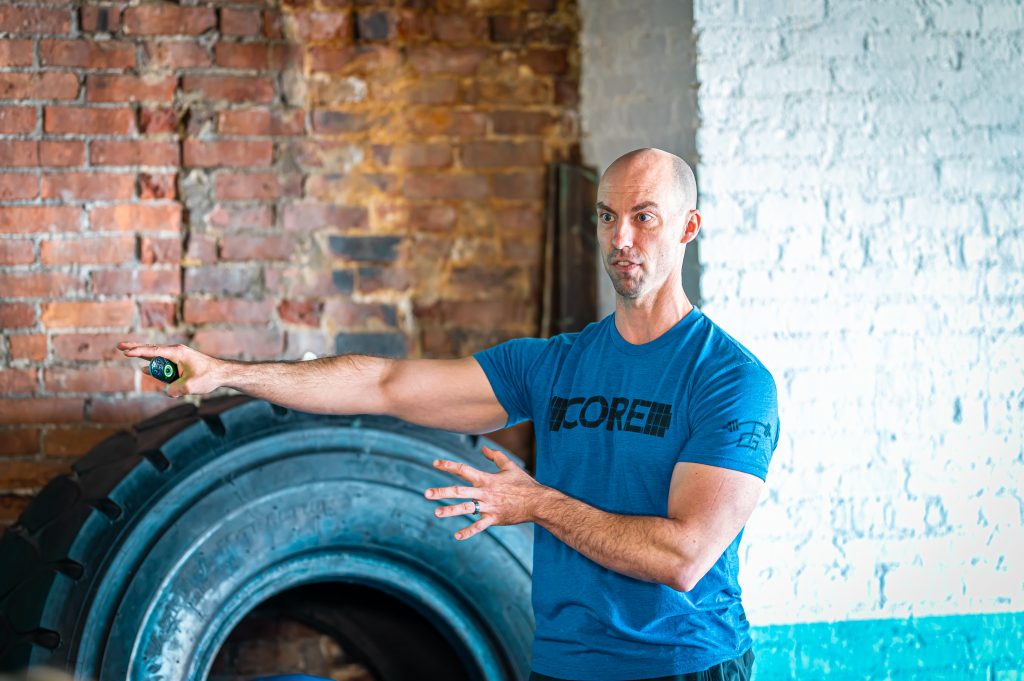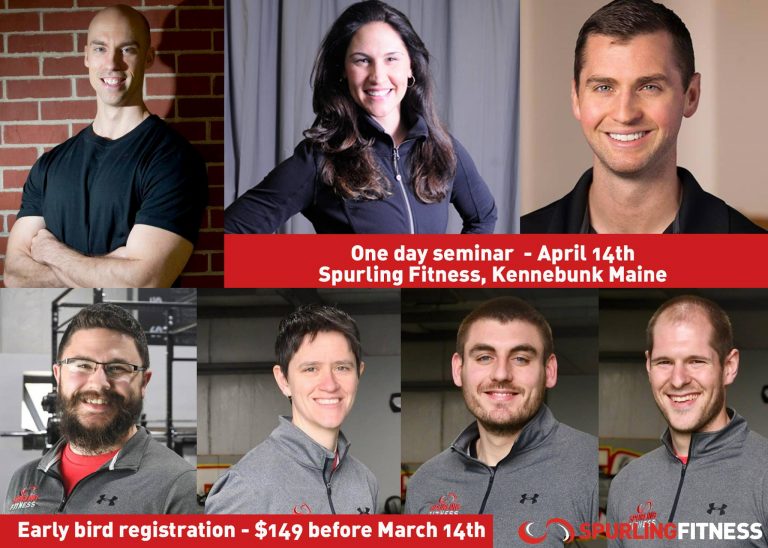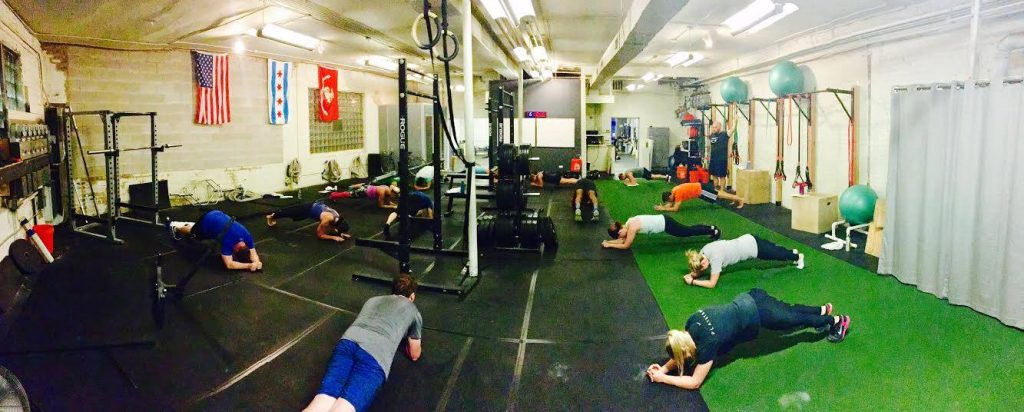The world has changed.
I’ve joked about the impending “zombie apocalypse” for years now. And while zombies are fake and don’t exist (except they 100% do), what we’re all currently experiencing with the COVID-19 outbreak is very much real and very much scary.
The entire world is being held hostage to the unknown.
At least with zombies you can see them (and run really fast in the other direction or throw an ax at their face).
With this virus, however, we’re just stuck with this invisible inevitability of a dumpster fire. It’s going to affect our lives in every shape, form, and fashion for weeks, months, if not years to come.
The health/fitness industry, like many industries, has been decimated in a matter of days. People have lost their jobs, income, and (sadly) much, much more.
I am not going to sit here and say I’ve figured it all out. My business has taken a hit too in the past week, and there’s no clear path as to when things will return to normal. Nevertheless, I wanted to share some insights and ideas I’ve used and implemented in recent days which I hope will help others.

Maintaining a Sense of Calm and Comfort Amidst the Chaos
1. Be a Leader
I understand this may sound cheesy and a smidge “eye rolley.”
I mean, the real leaders out there are the doctors, nurses, care givers, researchers, and scientists out there who are trying their damndest to circumvent the storm.
Telling someone not to round their back on their deadlift does not a leader make.
I think one of the things that scares people the most given current events is our daily routine(s) have been disrupted:
- Schools and daycares are closed.
- Concerts, workshops, seminars, conferences, sporting events, hell, sport seasons have been put on pause.
- Self distancing and in some cases, shelter-in-place protocols, have been put in place.
- We can’t go to the movies or visit our favorite bars and restaurants.
- It’s impossible to find toilet paper (huh?) or kale (fuuuuuuuck).
Compound all the above with gyms closing and there’s only so much a person can tolerate…
We have to be a voice of reason and comfort for our clients.
Their fitness is not going to deteriorate.
I’ve reminded several of my clients that both aerobic endurance and maximal strength “stick around” for a fair bit of time.
Much of the research states that the residual training effect – retention of changes induced by systematic workloads beyond a certain time period after cessation of training – for both aerobic endurance and maximal strength hovers in the 30+/- 5 day range.
Meaning, given a drop off in exercise duration/intensity/frequency you can (and most likely will) maintain those physiological and motor abilities for 25-35 days.
Put another way: Unless someone succumbs to a MAJOR case of the “eff its” and decides to do nothing but binge watch Netflix and bathe in Cheetos dust their fitness levels won’t drop off as much as they think.
The body only needs subtle reminders to maintain those qualities. In lieu of lifting “heavy” we can tweak things like tempos, rest periods, drop sets, mechanical advantage sets, pants on, pants off, lots of things.
(Speed/Power, on the other hand, dissipates quickly…to the tune of 5 +/- 3 days. But even this can be maintained with sprints and simple plyo drills like skipping & bounding).
So, just doing that – and reminding clients that all their hard work won’t just disappear – will go a long way in dampening their anxiety.
HOWEVER: It’s imperative as their coach to encourage them to be proactive.
2. The Part Where You Encourage Them to Be Proactive
One of the first things I did was to email my clients to give them my plan and to offer direction/options.
I’m in a bit of a lucky situation in that I train people in a semi-private fashion out of a small studio space. Unlike larger commercial gyms I haven’t had to shut down (yet), but I have taken precautions to practice social distancing:
- No more than two clients in at any given time.
- All clients are required to wash & sanitize their hands upon arriving, and are encouraged not to train if they feel ill or have a cough or fever.
- Workouts are limited to 60 minutes only.
- All bars, DBs, KBs, handles, pens, everything will be sanitized between transitioning of clients.
Still, and respectively, 40-50% of my clientele have opted to stay away from the gym altogether.
So the second email I sent was a link to PerformBetter.com who are offering FREE shipping on all online orders.
OG status right there.
I encouraged my clients to pick up, at the very least, some (mini and super) bands in addition to some kettlebells, and told them that between those two things – in addition to basic bodyweight movements – they’d have hundreds of exercises to choose from and to keep them occupied.
To that end, I plan on filming and sending my clients 2-3 “at home” workouts per week that utilize minimal equipment.
Here’s an example I shared on social media the other day:
If there’s ever a time to lead by example it’s now.
3. The Part Where You Encourage Them to Be Proactive (Part II)
I don’t think we’ll see any shortage of coaches uploading at home workouts on social media in the coming weeks/months (thank goodness).
I am flabbergasted at the inventiveness and creativity of my colleagues.
A few resources I’ve been directing people towards are:
- Dr. Ryan DeBell’s At Home Movement & Workout Program (it’s free to download, but you have the option to donate $$ if that fills your love tank).
- Jen Sinkler’s Lift Weights Faster Daily (you get DAILY emails highlighting workouts that use minimal equipment).
- THIS free bodyweight training manual via Jim “Smitty” Smith of Diesel Strength.
- Dean Somerset is offering two months of free access to his High Tensile Strength resource (which includes a section on bodyweight training)
- Citizen Athletics’ home workout program(s) – HERE.
- Anything BJ Gaddour produces – particularly his “Daily BJ” (which is just a brilliant marketing name).
And, honestly, I think going out of your way to check in with your clients via email/texts is an apropos way of doing business.
I’m challenging my clients to send me accountability emails after completing the workouts I send them. One of my clients sent me this message yesterday:
“Workout 1 in the books. I think this will work just fine 🙂 For extra fun, I added some rucksack curls and wore the rucksack during pushups.
Thanks so much for putting this together. Didn’t realize how much it would boost my mood (didn’t even know my mood needed a boost). Excited to keep going on the coming days.
Thanks again.
PS: I miss your biceps (<— added by Tony).”
He even sent me a screen shot of his workout stats:
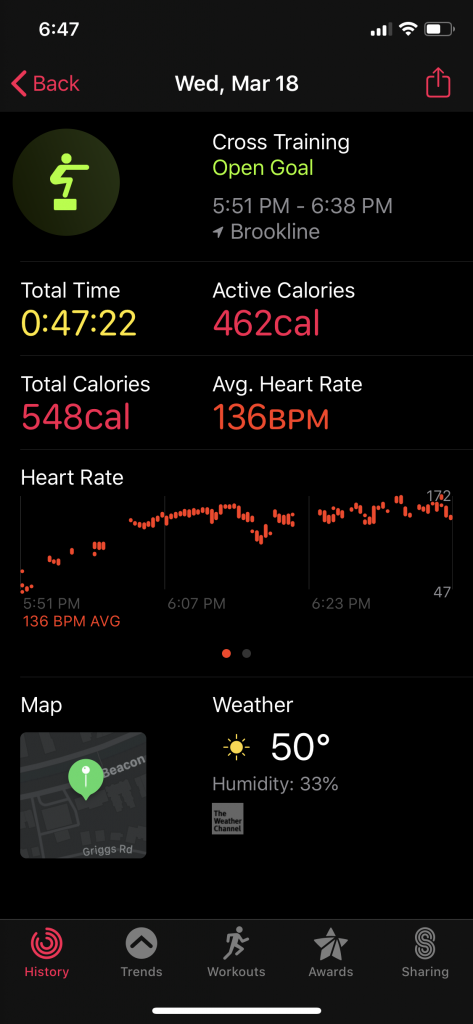
I want more of this.
ADDENDUM: My good friend, John Rusin, had a nice re-frame regarding this whole fiasco. He reminded everyone that while it’s cool we’re all trying our best to serve our clients and inundate them with at home workouts to perform, we also can’t forget about CONNECTING with them.
He’s encouraging fit pros to just talk with their clients, check in. Another coach, Melanie Redd, suggested making a private group on FaceBook or Slack.com to share ideas on books to read or shows to binge or to just co-hyperventilate into a paper bag (my add, not hers).
In short: Remain human with your clients.
4. Distance Coaching – It’s a Thing…;o)
I’d do this discussion a disservice if I didn’t defer to Jon Goodman, founder of Online Trainer Academy:
“You don’t need to pay for software to start online training. But if you do want to use it, any of them are more than adequate. Google Drive and email is fine too for now. It doesn’t matter what video tool you use either. Skype or Zoom both work. And you can accept payments with PayPal.
There, that answers the 10,000+ questions I got yesterday. I know that this is a change and it’s scary and feels foreign and uncomfortable. Everybody is struggling right now. Nobody really knows what’s going on. We’re all scared.
But I beg you, don’t overthink this. Move fast. Speed is paramount right now. Jump all in and it’ll be fine and you’ll figure it out. I promise.”
5. A Brief Rant on Selling Products During This Time
For starters have some feel and use common sense.
While it’s a very small percentage, I’ve seen some health/fitness professionals (not coincidentally ones they have a vested, financial interest) suggesting certain diets or supplement stacks will slow down, stave off, or altogether silence the Coronavirus.
In short: To say they suck is an insult to sucking.
They’re the worst.
Secondly, I’ve seen a rash of Tweets and IG posts from some fitness professionals reprimanding other fitness professionals for having the audacity of selling their products during this time. I can’t help but think these are the same people who just hate and complain about everything; even kitty cuddles.
From what I’ve seen the vast number selling products are adopting this tone:
“Hey, if you’re going to be stuck inside for the next several weeks you may as well get smarter and earn some CEUs!”
I think it’s a completely fair and ethical approach.
Tossing myself to the pitchforks I’ve not only lost income from clients pressing the pause button on their in-person training, but have also had all my workshops in the coming months cancelled as well.
I know others have it far worse, and I am not looking for a pity party.
I’m going to be okay, but still…
…that’s revenue I won’t be getting back.
Is the expectation that I (and others in a similar predicament) am supposed to offer free services and 100% off codes on all products for the foreseeable future? Am I supposed to renege on the endless hours (and $$) I’ve spent producing these resources?
Am I?
Would you?
Listen, it’s one thing to be a dickhole and market things in a way that’s blatant profiteering (not cool). It’s another thing altogether to make a living (totally cool).
All of this to say: Assuming you’re not the former example…if you’re someone who has products to sell amongst a horde of fitness professionals yearning to kill some time and learn I say…sell away.
- Offer payment plans
- Give people an option of what they want to pay (you’d be surprised how many will pay more than you think).
- Free hugs for every purchase?
- I don’t know.
We’re in a weird time now.
I hope this helped.


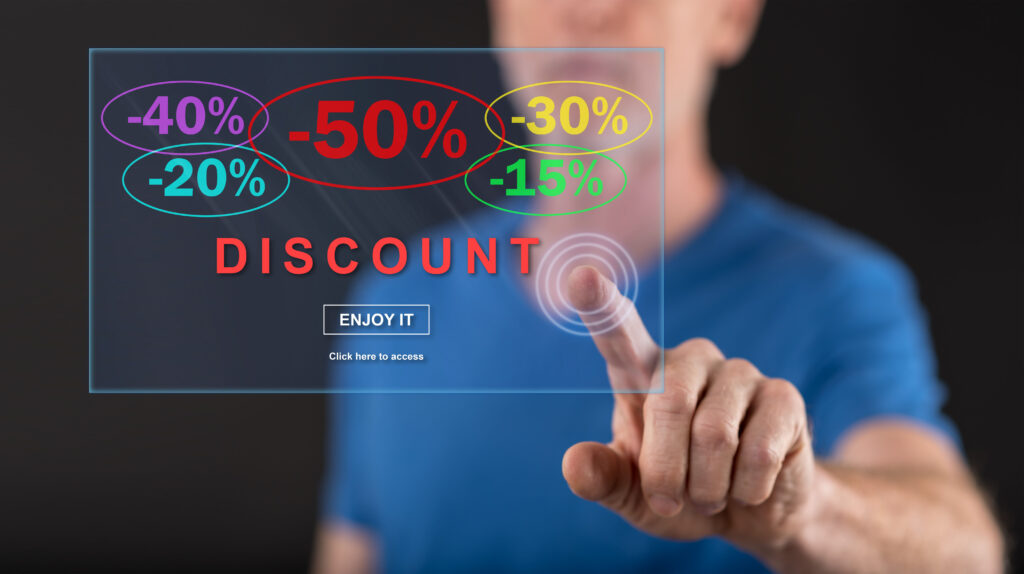
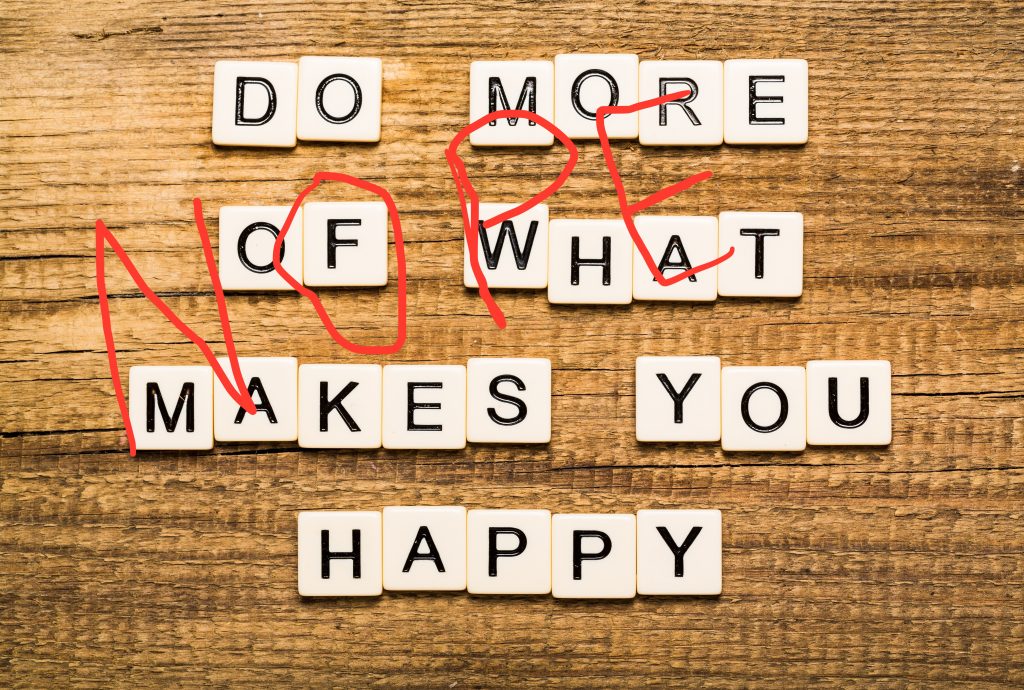
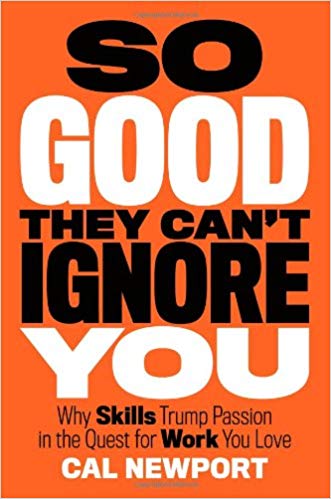
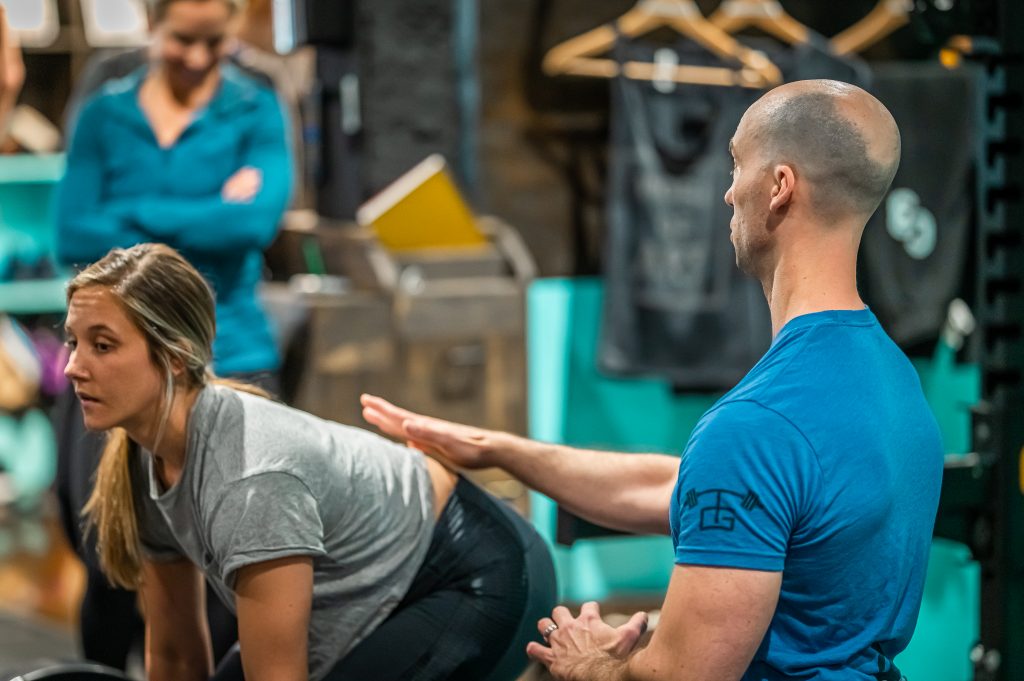
 Joel Ohman is a serial entrepreneur, author, and angel investor. He is the founder and CEO of
Joel Ohman is a serial entrepreneur, author, and angel investor. He is the founder and CEO of 

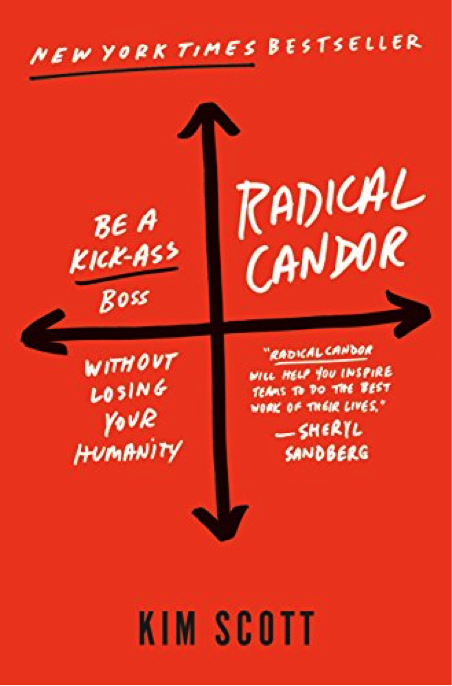
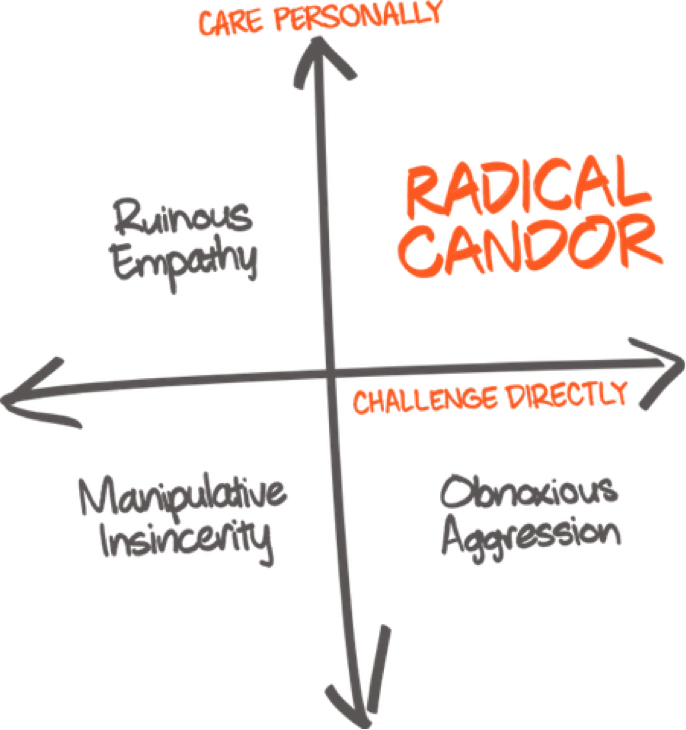
 Joel Ohman is a serial entrepreneur, author, and angel investor.
Joel Ohman is a serial entrepreneur, author, and angel investor.
